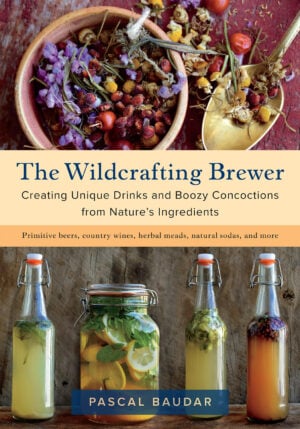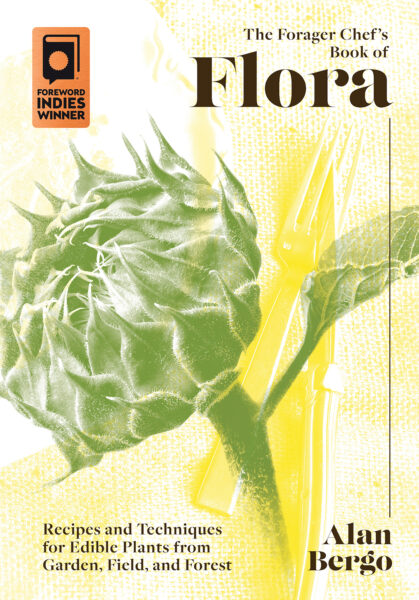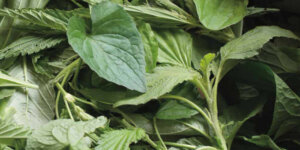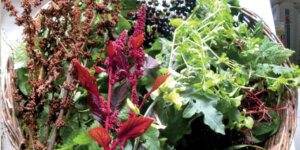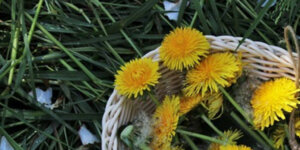Homemade Dandelion Beer
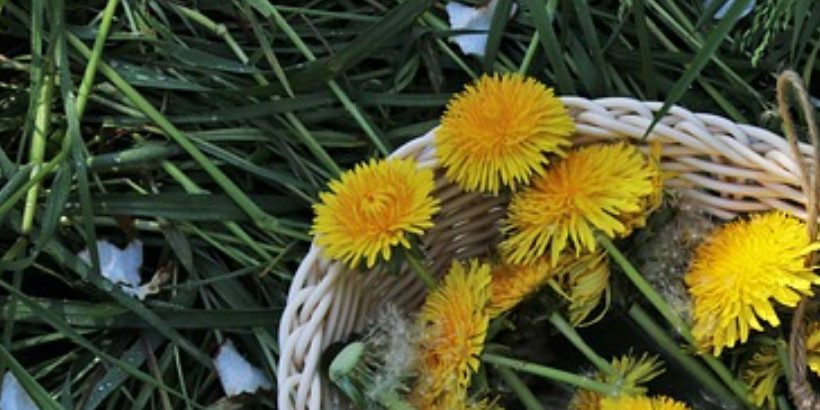
You can forget about waiting for your wine to ferment, because we have a recipe for dandelion beer that will be ready in just a week! Who knew those weeds in your backyard could make such a fun beverage?
The following excerpt is from Pascal Baudar’s Wildcrafting Brewer. It has been adapted for the web.
RECIPE: Dandelion Beer
Dandelions (Taraxacum officinale) can be found pretty much anywhere in the world. Like nettle beer, dandelion beer is deeply rooted (no pun intended) in the tradition of brewing medicinal herbal beers.
It’s mostly used as a tonic (the plant is a rich source of beta-carotene and vitamin C) but also offers health benefits for liver disorders, urinary disorders, and diabetes.
The flowers are used to make wine and are a good source of wild yeast. I like the beer more for its health benefits than its taste (not my favorite).
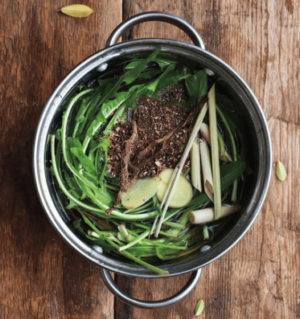 Ingredients
Ingredients
- 1 gallon (3.78 L) water
- 1⁄2 pound (227 g) fresh dandelion greens
- 1⁄2 ounce (14 g) chopped dried dandelion roots (often available from natural food stores)
- 1 pound (454 g) brown sugar
- 1⁄2 ounce (14 g) gingerroot (cut finely or grated)
- 1 ounce (28 g) chopped fresh lemongrass or 3 lemons (optional)
- 1 ounce (28 g) cream of tartar
- Yeast (beer yeast or wild yeast)
Procedure
1. Bring the water to a boil and add the fresh greens and dried roots.
Boil for 20 to 30 minutes, then add the brown sugar, the ginger, the optional lemons (juice them first, then throw them in the brew as well), and the cream of tartar.
Boil for another 5 minutes.
2. Remove the pot from the heat and place it (with the lid on) in cold water. Change the cold water two or three times until your beer is lukewarm (around 70°F/21°C).
3. Strain into your fermenter (bottle, pot, or whatever you’re using), add the yeast (wild or commercial), and place an airlock (or clean towel) on top.
4. Ferment for 7 days. Start counting when the fermentation is active (this may take 2 to 3 days with a wild yeast starter), then bottle.
I don’t use any priming sugar. The fermentation is active, so I like to use a recycled plastic soda bottle to monitor for any excess carbonation and release it if necessary by opening the top slowly. The beer is meant to be drunk young, usually after 7 to 10 days.
Recommended Reads
Recent Articles
Whether you are an expert forager or new to the skill, it’s important to understand how to store your freshly picked bounty. Luckily, author Alan Bergo has the lowdown on how to harvest wild greens and cook them for the best storage so your harvest can stay fresh for days after being picked! The following…
Read MoreForaging wild plants in your area is a great way to shake up your culinary delights. Don’t know where to start? Below are our best foraging posts to get you started on your hunt for wild edibles. Foraging 101: Where to find your bounty We’ve given you descriptions. We’ve given you recipes. We’ve given you…
Read MoreYou can forget about waiting for your wine to ferment, because we have a recipe for dandelion beer that will be ready in just a week! Who knew those weeds in your backyard could make such a fun beverage? The following excerpt is from Pascal Baudar’s Wildcrafting Brewer. It has been adapted for the web.…
Read MoreNothing can be compared to the taste of a fresh, hot slice of pizza that came straight out of a wood-fired oven. By building your own clay wood-fired pizza oven, you’ll have this cheesy delicacy at your fingertips whenever you’re craving it! VIDEO: Building An Outdoor Clay Wood-Fired Pizza Oven Take it from Richard Miscovich,…
Read MoreChances are, you’ve seen cattails growing on the edge of your local lake or stream at least once or twice. Instead of just passing these plants, try foraging for and cooking them to create delicious seasonal dishes! The following excerpt is from The New Wildcrafted Cuisine by Pascal Baudar. It has been adapted for the…
Read More

